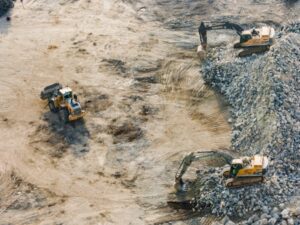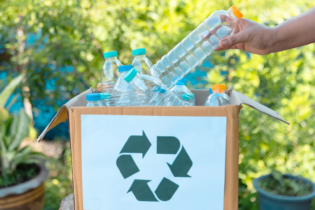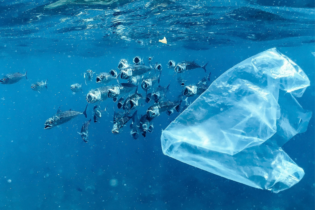Mining Indaba 2022 cast a renewed focus on sustainability in the mining sector, which is known to generate enormous volumes of solid and liquid waste. Highlighting decarbonisation and circular economy goals, with major players who have committed to or already have implemented a company-wide zero waste to landfill regime.
Speaking on the realistic objectives of these initiatives spokesperson for waste management and recycling company Averda SA Jason Keen said, “Mining waste streams (or tailings) are diverse. The most common though is hydrocarbon-contaminated soils and stones. These are prevalent and consistent across the various mineral sub-sectors of the mining sector, leaving many mines without a solution.” “After considerable research, we have found that bioremediation is a promising solution to the urgent imperative for mines to achieve their zero waste to landfill objective,” said Keen. Whereas chemical remediation uses chemicals to render hazardous wastes inert, bioremediation accomplishes the same goal by using living organisms that are genetically engineered to carry out specific tasks at the molecular level. Meaning that microbial bioremediation, phytoremediation and mycoremediation can, over time, convert mine tailings into inert material suitable for safe disposal. Alternatively, the converted inert earth can be harmlessly left where it lies. In many cases, the process has remediated masses of solid waste. “One large platinum mine in Rustenburg, for example, transports and disposes of around 1 300 tonnes of hydrocarbon-contaminated material per month with various detrimental environmental consequences. Implementing modular in-situ bioremediation solutions offers these mines an opportunity to save money and help the planet,” Keen said.Hillside Smelter in Richards Bay has reportedly been successful in converting 100 000 tonnes of fluoride-contaminated soil with organisms that break fluoride contamination down into its constituent elements, thus obviating any need for disposal, which would have cost around R50 million.
Averda has planned to utilise these species at Sibanye’s Stillwater site, which will activate on-site remediation of 5 000 tonnes per month of calcium sulphite-contaminated hazardous waste streams, which will save the mine R5 million in monthly transport costs. It was also revealed at Mining Indaba that there is research currently underway to develop remediation technologies that will micro-encapsulate asbestos, which is a major hazardous waste concern because of its toxicity and friability (tendency to break apart into tiny fibres). This is a game-changer for mining waste disposal. These technologies offer mining and other industries immediate zero-waste-to-landfill solutions for a historical legacy issue that would otherwise cost millions to solve. “Unlike other solutions that require costly transport, bioremediation is an elegant and entirely sustainable approach that reduces carbon emissions, the use of chemicals, and saves significantly on overall costs. In many cases, liquid, and soil-based waste-streams can be converted into a useful commodity – a key circular economy objective, such as water for industry, or backfill,” Keen concluded.







